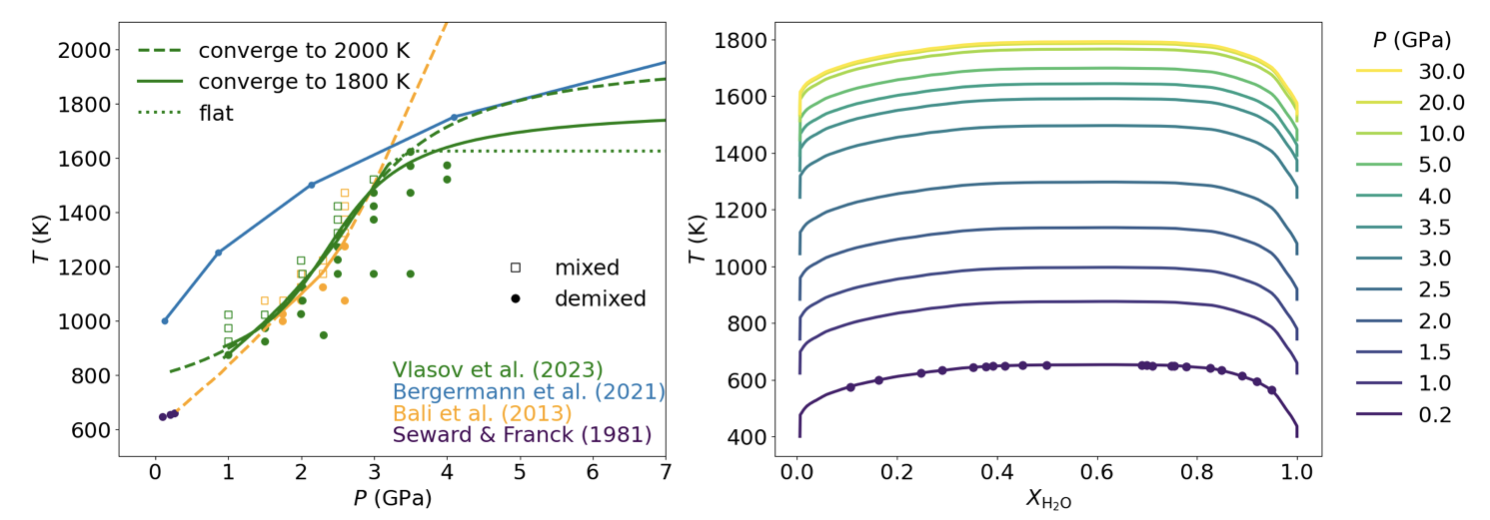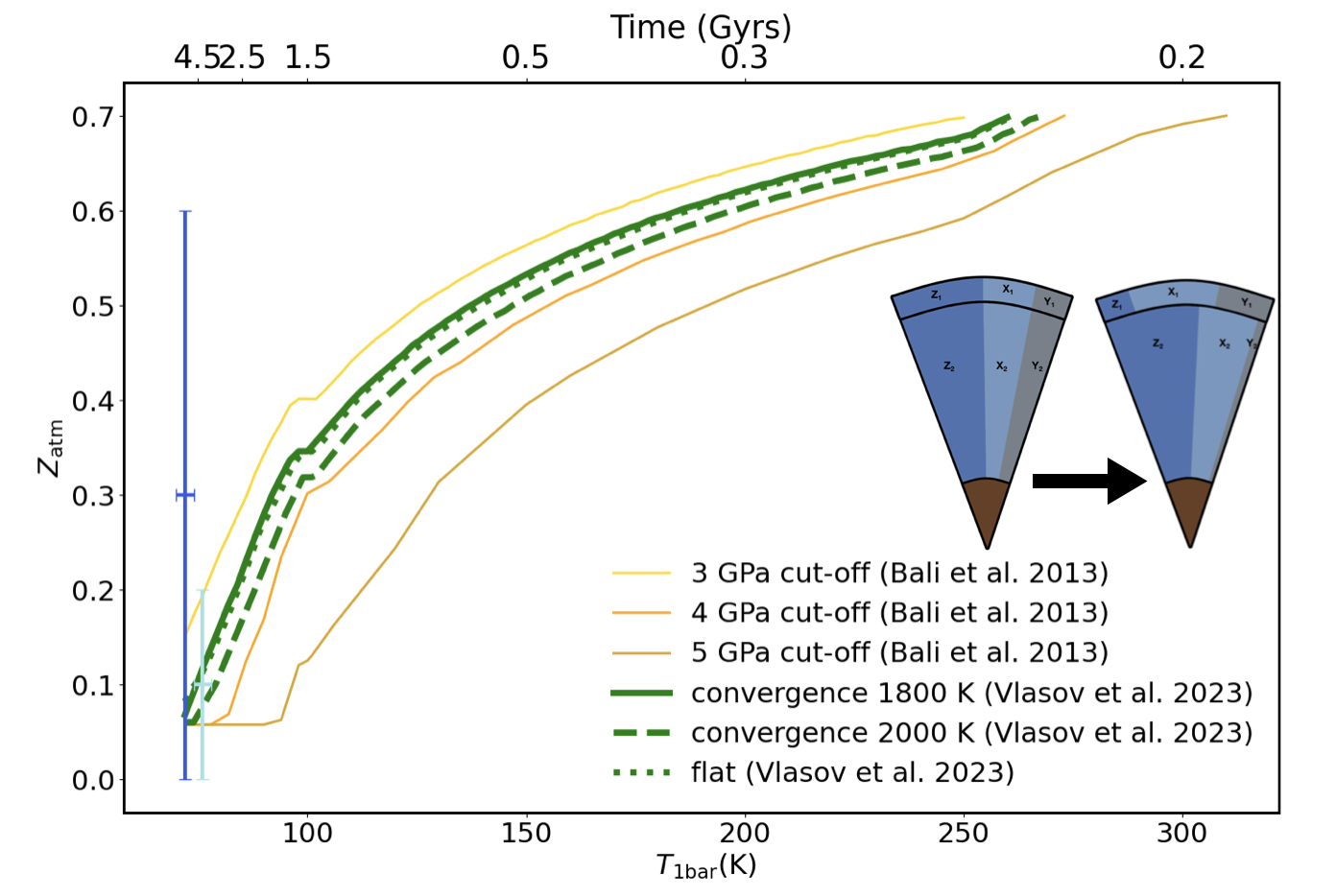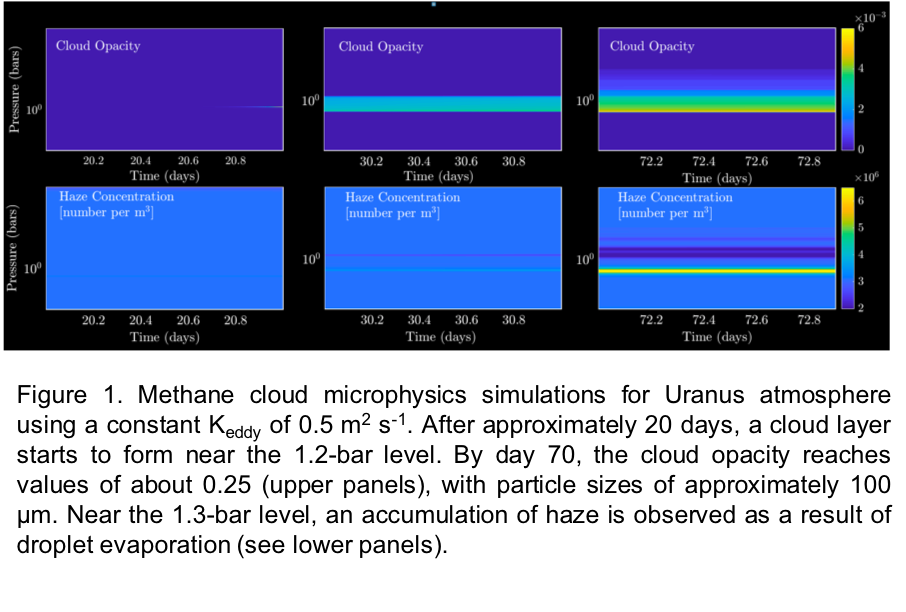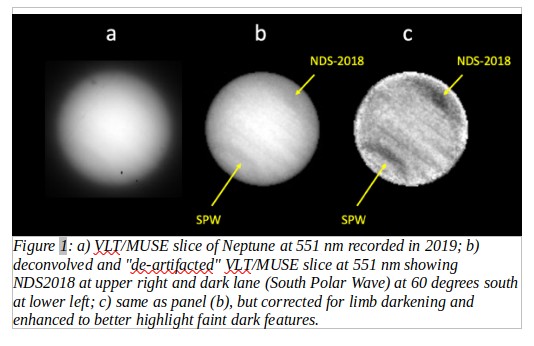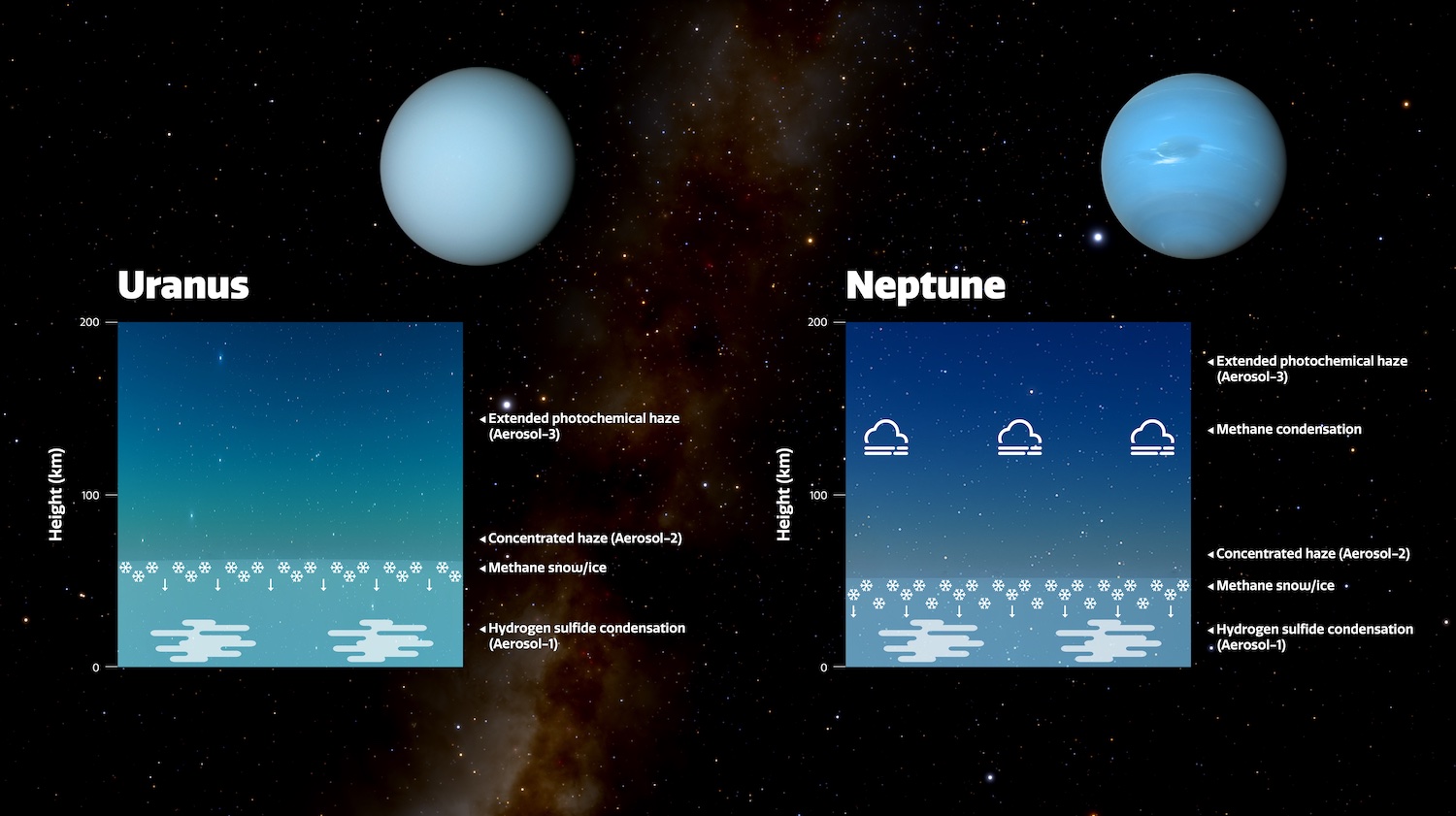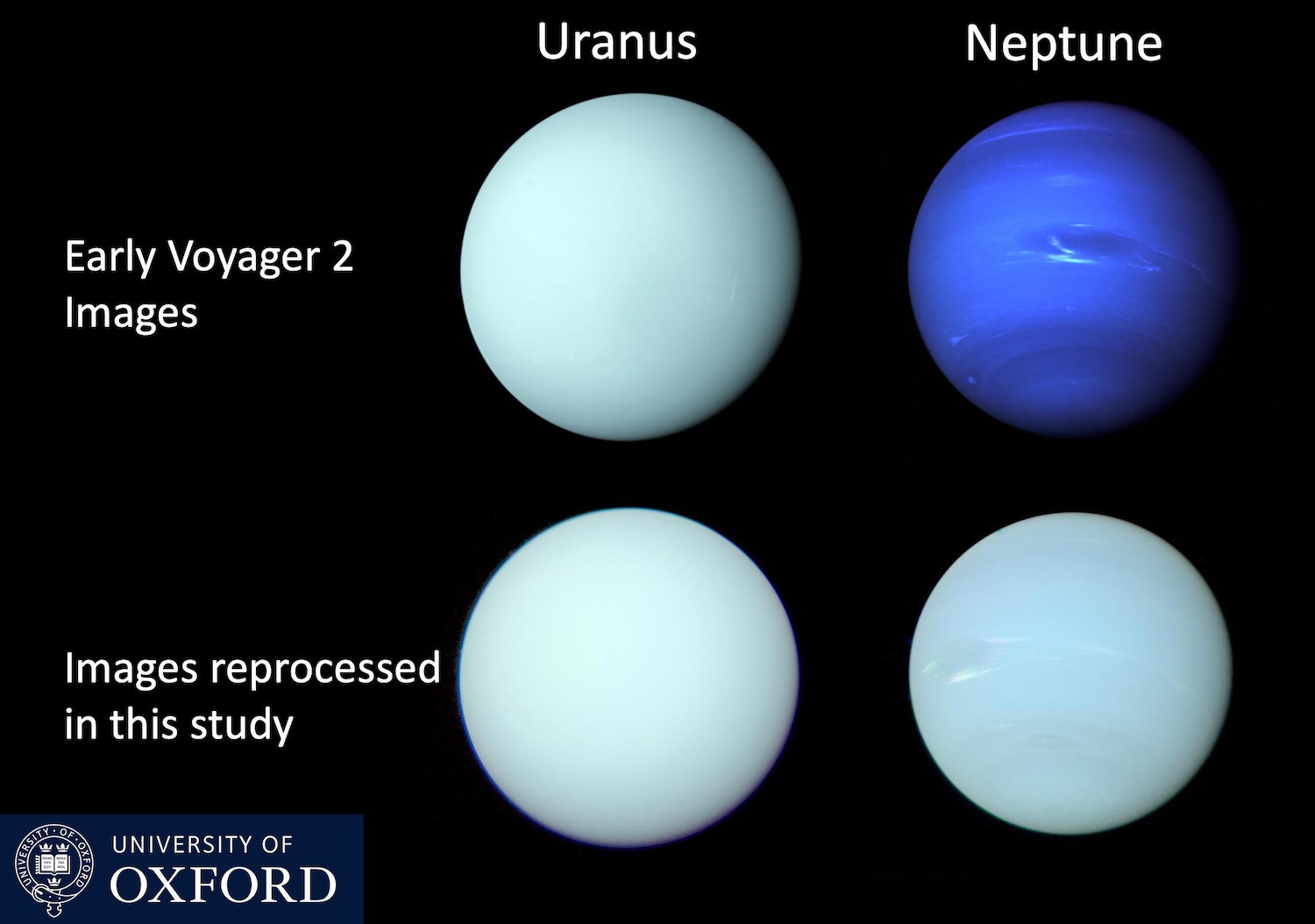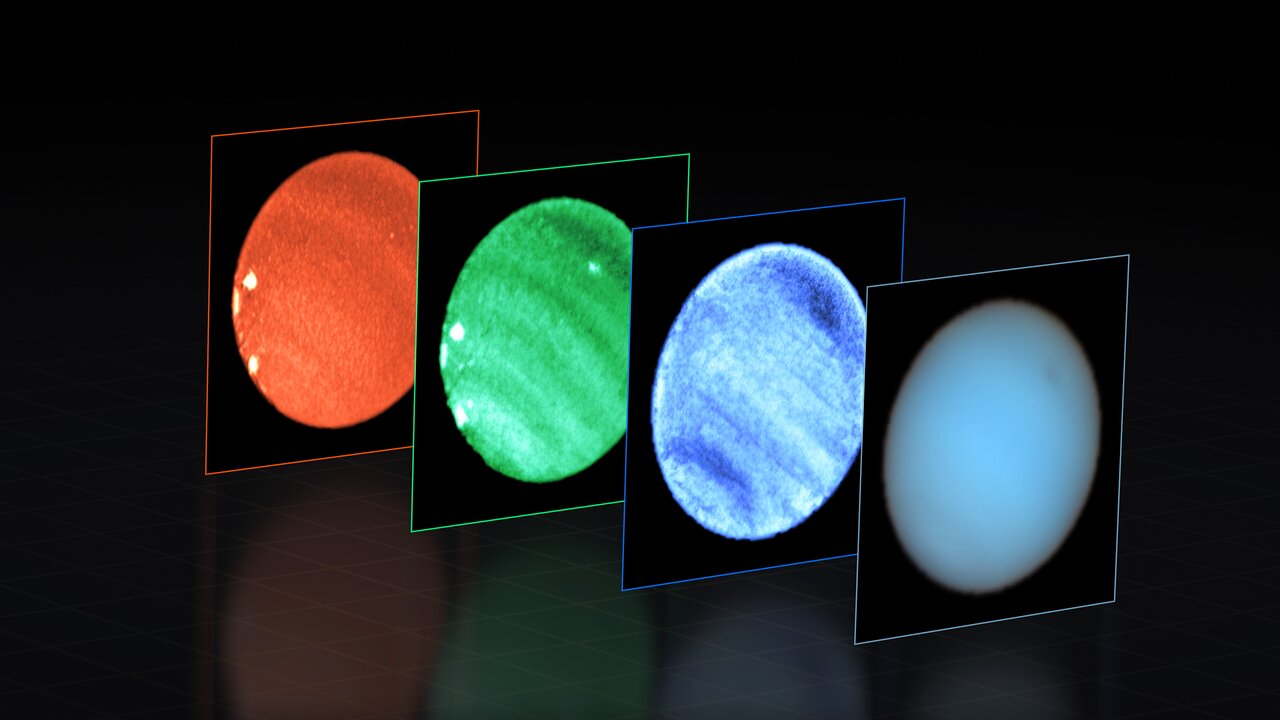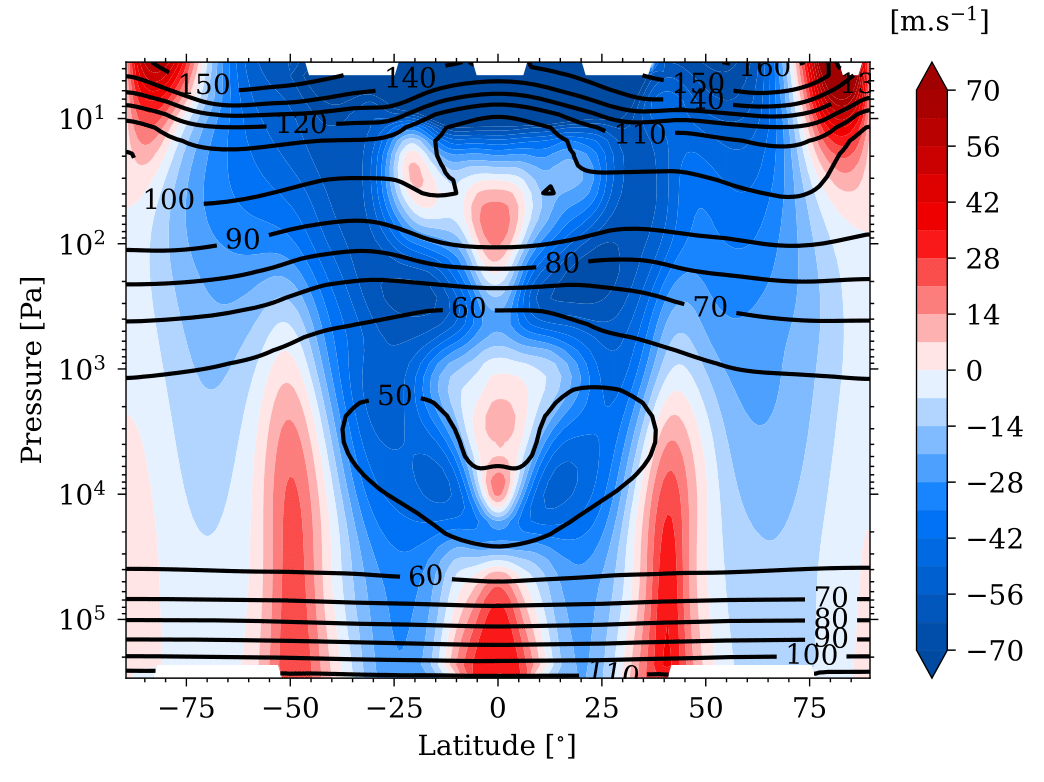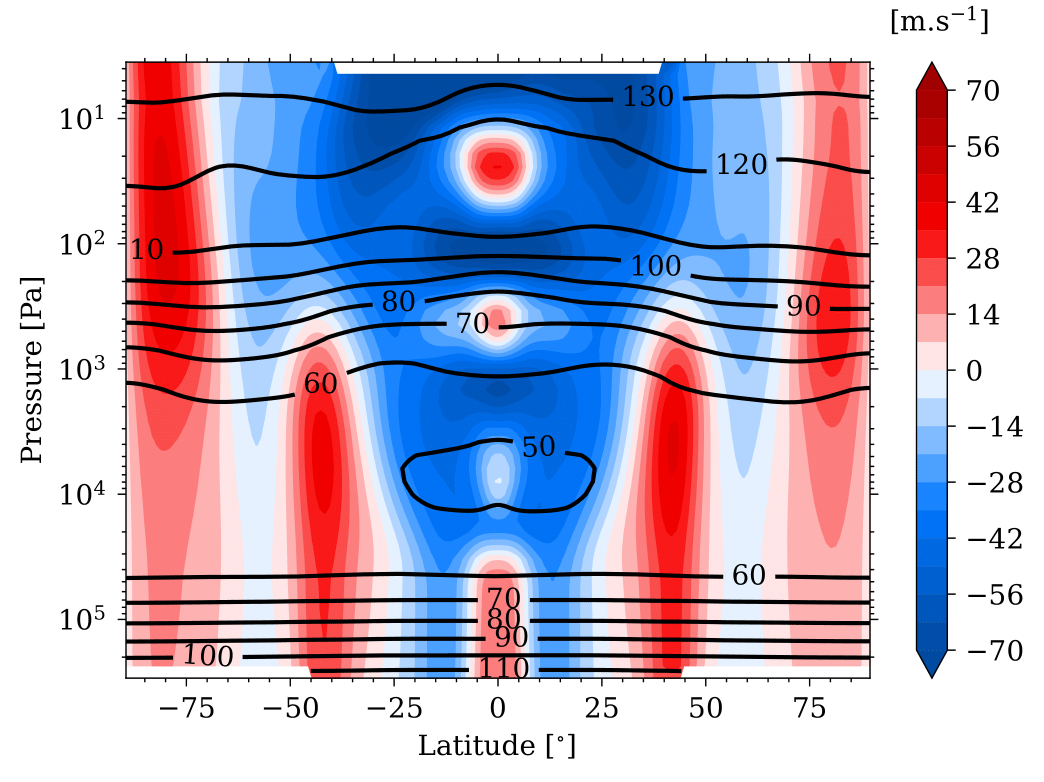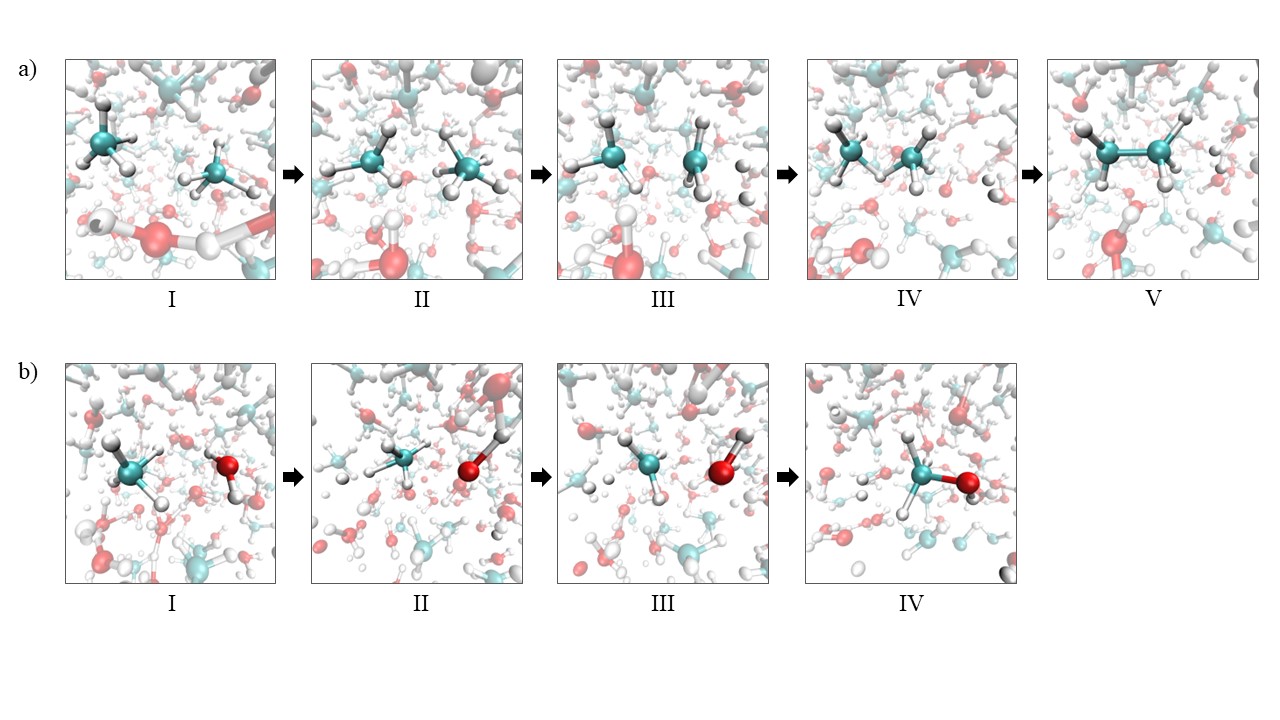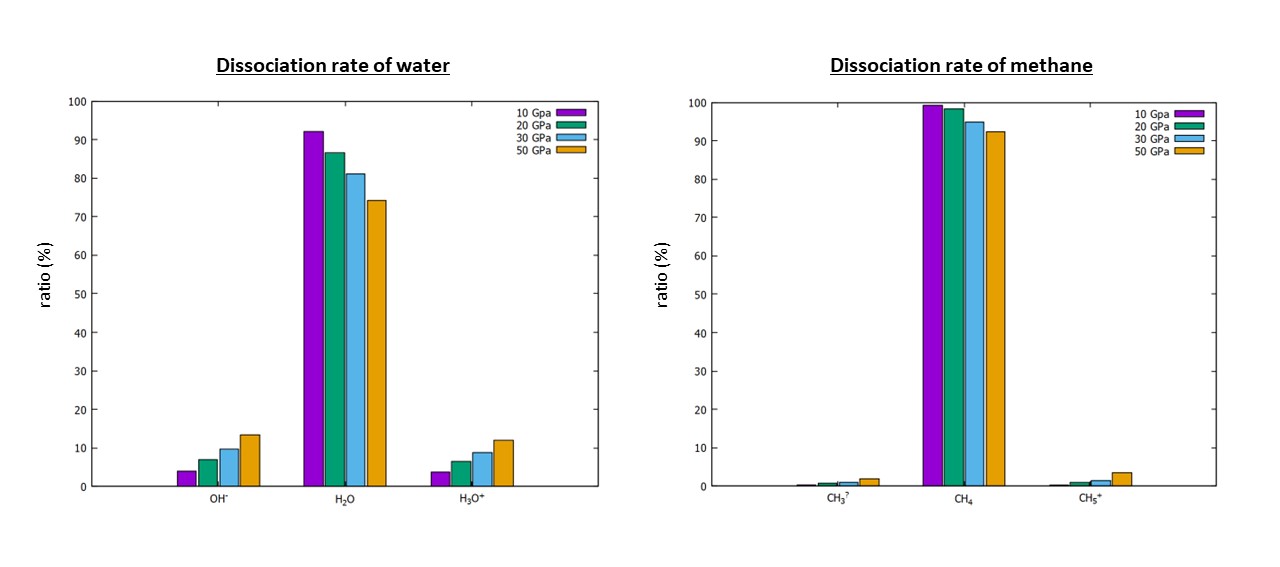OPS6
Ice Giant System Science and Exploration
Convener:
Vincent Hue
|
Co-conveners:
Thibault Cavalié,
Emma Dahl,
Leigh Fletcher,
Ravit Helled,
Mark Hofstadter,
Adrienn Luspay-Kuti,
Elias Roussos
• Address the current understanding of ice giant systems, including atmospheres, interiors, magnetospheres, rings, and satellites including Triton.
• Advance our understanding of the ice giant systems in preparation for future exploration, both by remote sensing and in situ.
• Discuss what the ice giants can tell us about solar system formation and evolution leading to a better understanding of the current structure of the solar system and its habitable zone as well as extrasolar systems.
• Address outstanding science questions requiring future investigations including from spacecraft, remote sensing, theoretical, and laboratory work necessary to improve our knowledge of the ice giants and their relationship to the gas giants and the solar system.
• Present concepts of missions, instruments and investigations relevant to future exploration of the ice giant planetary systems.
Session assets
08:30–08:40
|
EPSC2024-246
|
On-site presentation
08:40–08:50
|
EPSC2024-944
|
On-site presentation
08:50–09:00
|
EPSC2024-818
|
On-site presentation
09:00–09:10
|
EPSC2024-1130
|
On-site presentation
09:10–09:15
Q&A
09:15–09:25
|
EPSC2024-325
|
On-site presentation
09:25–09:35
|
EPSC2024-875
|
ECP
|
On-site presentation
09:35–09:50
|
EPSC2024-859
|
ECP
|
solicited
|
On-site presentation
09:50–10:00
Q&A
Coffee break
Chairpersons: Arthur Le Saux, Vincent Hue, Leigh Fletcher
10:30–10:40
|
EPSC2024-1038
|
On-site presentation
10:40–10:50
|
EPSC2024-992
|
ECP
|
On-site presentation
10:50–11:00
|
EPSC2024-788
|
ECP
|
Virtual presentation
11:00–11:15
|
EPSC2024-1059
|
ECP
|
solicited
|
On-site presentation
11:15–11:20
Q&A
11:20–11:30
|
EPSC2024-119
|
On-site presentation
11:30–11:40
|
EPSC2024-235
|
On-site presentation
11:40–11:50
|
EPSC2024-667
|
ECP
|
On-site presentation
11:50–12:00
Q&A
P72
|
EPSC2024-319
|
On-site presentation
